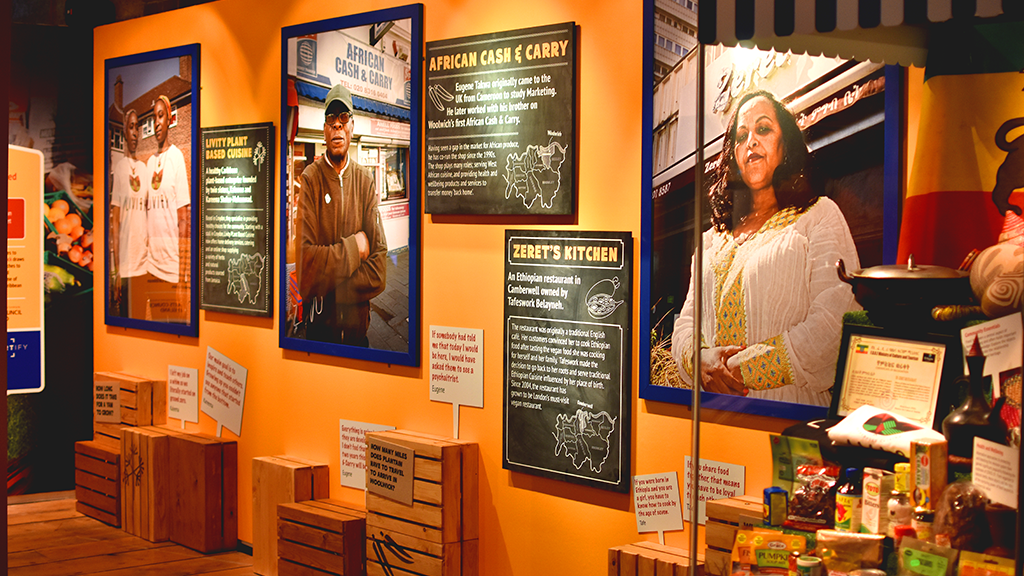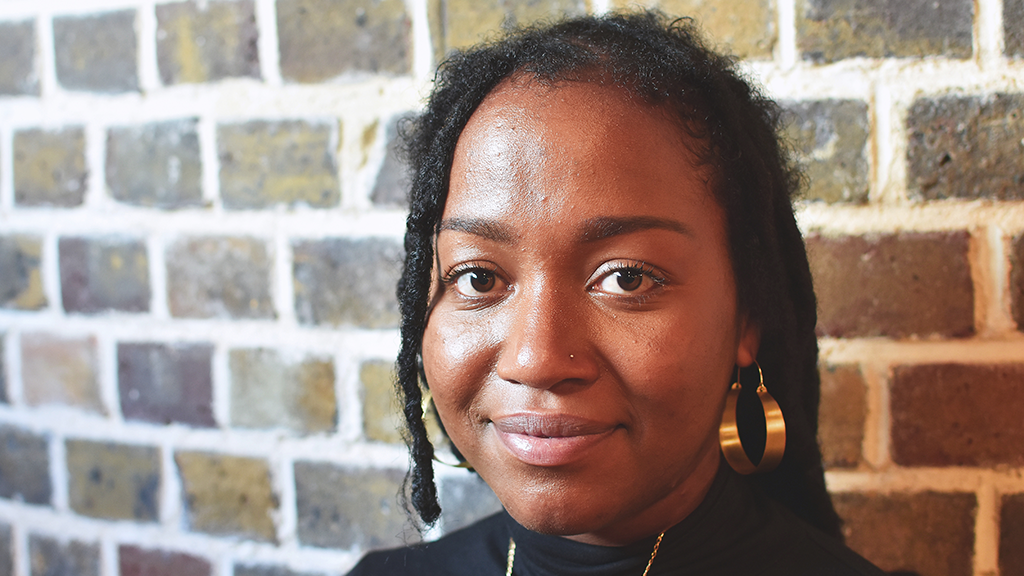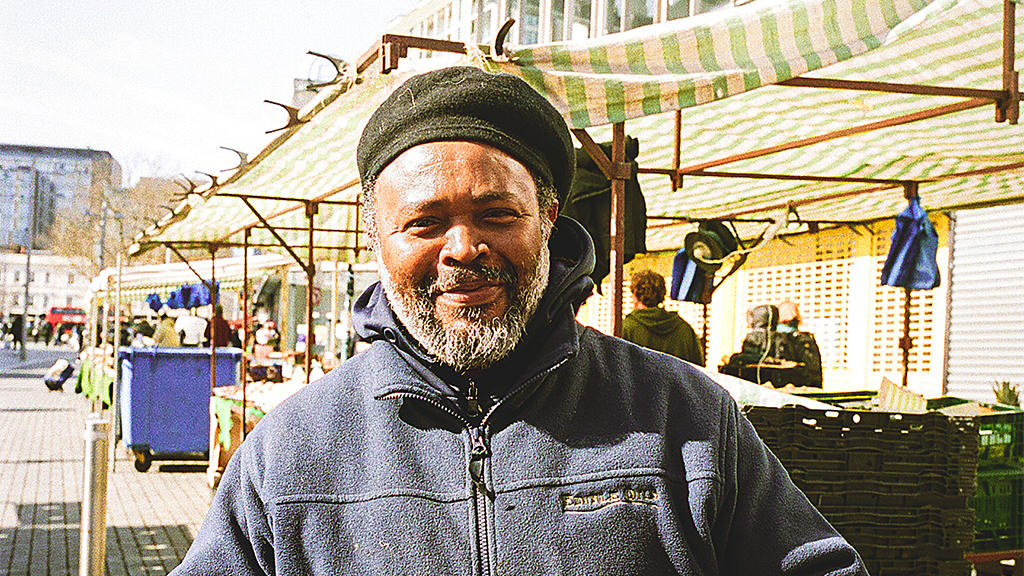The world’s largest surviving tidal mill is ongoing as it targets the production of electricity from the Lea
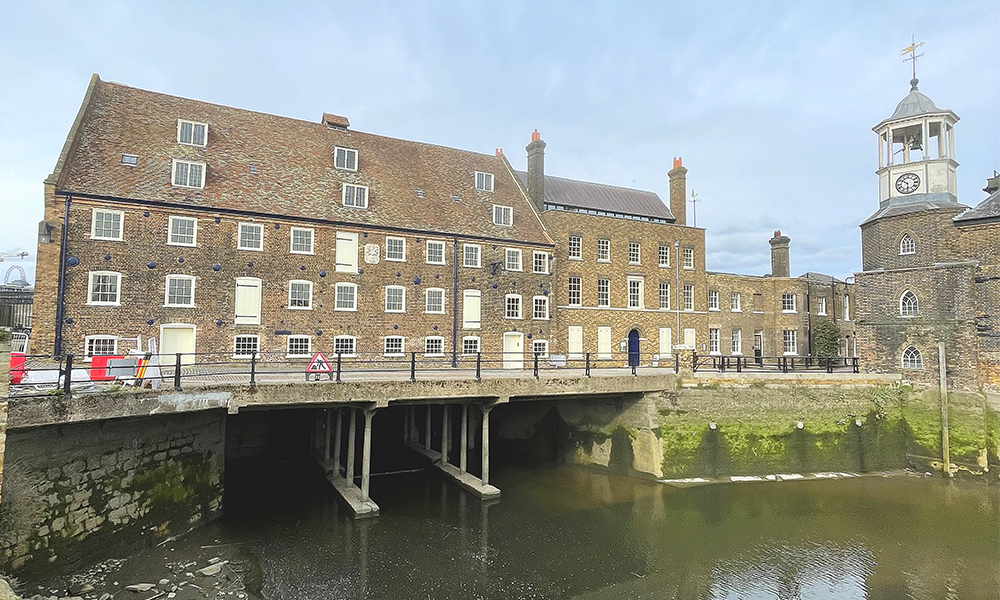
Subscribe to our Wharf Whispers newsletter here
“I just think this plucky building really deserves to survive – it’s been through so much,” said Beverley Charters.
We’ve just ascended an ageing wooden staircase and squeezed through a small wooden portal to pop out onto the roof of the House Mill, a Grade I listed structure that straddles the River Lea in Bromley-By-Bow.
To stand on the duckboards in the v-shaped channel that runs between the roof of the building’s twin peaks is a rare privilege.
It’s not on the official tour for various health and safety reasons, but it does provide a place to locate this extraordinary hub of historic industry in east London.
Beverley points out all the areas and activities that the mill would once have supported, including a vast pig farm with the animals fed on waste products from the site.
Today it’s a sea of regeneration with Sugar House Island and many others, all set to bring new homes and businesses to the area as progress marches on.
Under our feet, however, some 247 years of history await.
Today two mills remain standing at Three Mills although the site has a history of tidal milling that dates back to the Domesday Book in 1086 – the earliest recorded examples of such activity.
Originally Three Mills produced flour, notably for the celebrated bakers of Stratford-Atte-Bowe, with the number of mills dropping to two in the 16th century.
The site later pivoted to grind grain that was used to distil alcohol and the area became a major player in the production of London gin.
Today the House Mill, built in 1776 on foundations dating to 1380, and the Clock Mill, rebuilt in the early 19th century, still stand.
While the latter currently houses the Harris Science Academy East London, the former continues on a journey of restoration and preservation that started in the 1970s when this glorious building nearly became a flat expanse of tarmac.
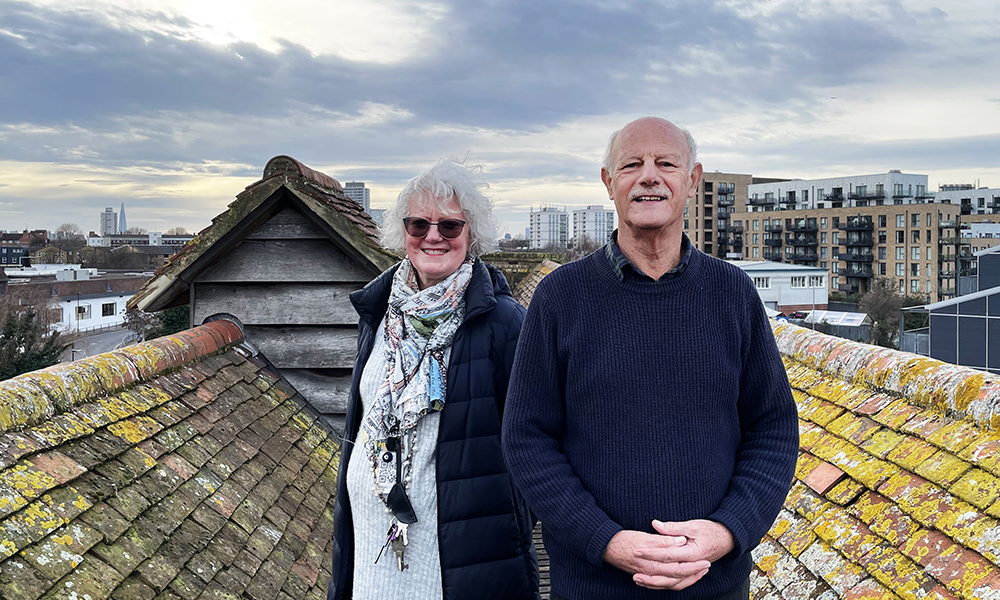
“It could have been destroyed by bombs during the Second World War like the neighbouring Miller’s House or flattened by developers who wanted to turn it into a car park – but it wasn’t,” said Beverley – a trustee of the House Mill Trust, which looks after the building and who – alongside volunteer Geoff Cosson – shows me round.
“What we ultimately want is a working building that offers all manner of opportunities to educate people so they can see the wheels turning again.
“This is the world’s largest tidal mill, it’s an extraordinary building and it’s our dream to make it fully functioning and sustainable – a place with real purpose.”
Even without the waters of the Lea turning the wheels, the building is remarkable.
Filtering down through its levels – following the route that would have been taken by the grains on their way to the grinding stones and the sacks waiting for the flour on the ground floor – Beverley and Geoff release a steady flow of anecdotes and facts about our surroundings.
Mostly constructed from wood, the place is a baffling maze of hoppers, stores and production floors where the grain would have been sorted, cleaned and fed into the whirling stones whenever the tide was providing the power, day or night.
That force was provided by four massive iron waterwheels, harnessing the green energy of the Lea and distributing it through the building via huge drive shafts.
The overall plan is to restore the House Mill to some degree of working order with the waterwheels spinning once more with the tide, although these will be used to generate electricity to power the building and give it an income, rather than to grind grain.
With much work done internally in the 1990s, including the rebuilding of the bombed out Miller’s House as a cafe, visitor and education centre, a substantial amount of work has already been achieved.
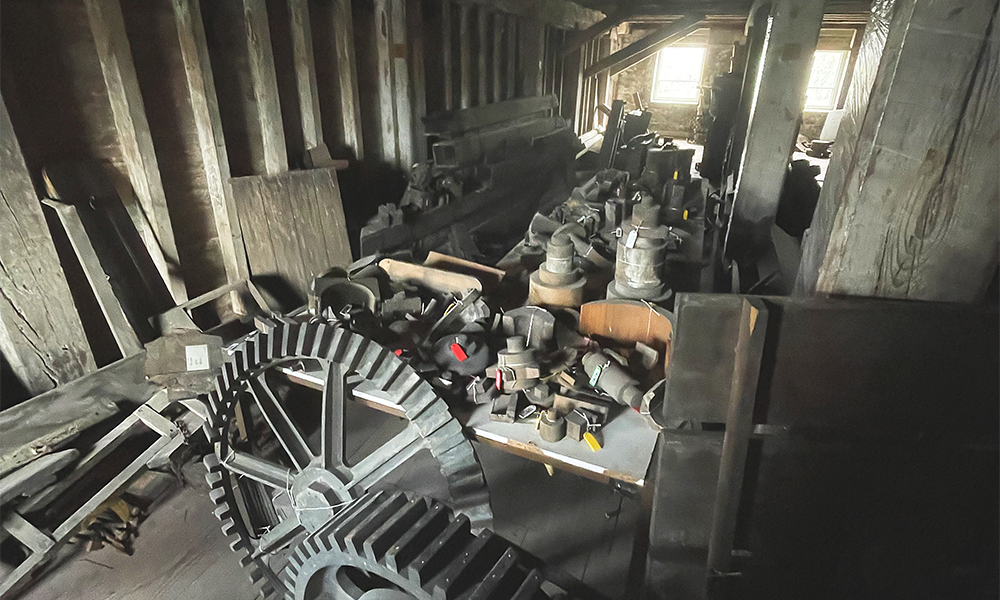
But the trust faces big bills to keep operating and fundraising for a challenging project to dam the river, so work can be done on the wheels to bring them back into use.
It’s also having to contend with increasingly frequent flooding of the mill’s ground floor, possibly as a consequence of measures upstream to control the level of the waterways in the Queen Elizabeth Olympic Park, which prevents the incoming tide flowing as far up the river.
Nevertheless, there’s a sense of fight and optimism, with the next project aimed at weatherproofing and protecting the rear of the building to match the recently renovated facade. We wanted to complete it pre-lockdown, but it’s finished now and we think it looks rather fabulous,” said Beverley.
“Now we’re somehow going to fundraise for the back and repair some storm damage we’ve had to the roof before returning to the main project of getting the building working again. We hope it will be possible and we think we can do it.”
But why bother expending all this effort to conserve and celebrate a historic building at all?
“I just think buildings like this are fantastic,” said Geoff, a former teacher who became involved with the project after moving back to the Isle Of Dogs from Cyprus and visiting the House Mill with his wife.
“There’s also a degree of connection because both my grandparents were from this area – my grandmother lived in Nairn Street just down the river and got married on Christmas Day at the registrar’s office in Bromley-By-Bow, which is still there.
“I wanted to be involved with something that wasn’t just about ogling things, where there was a bit of history.”
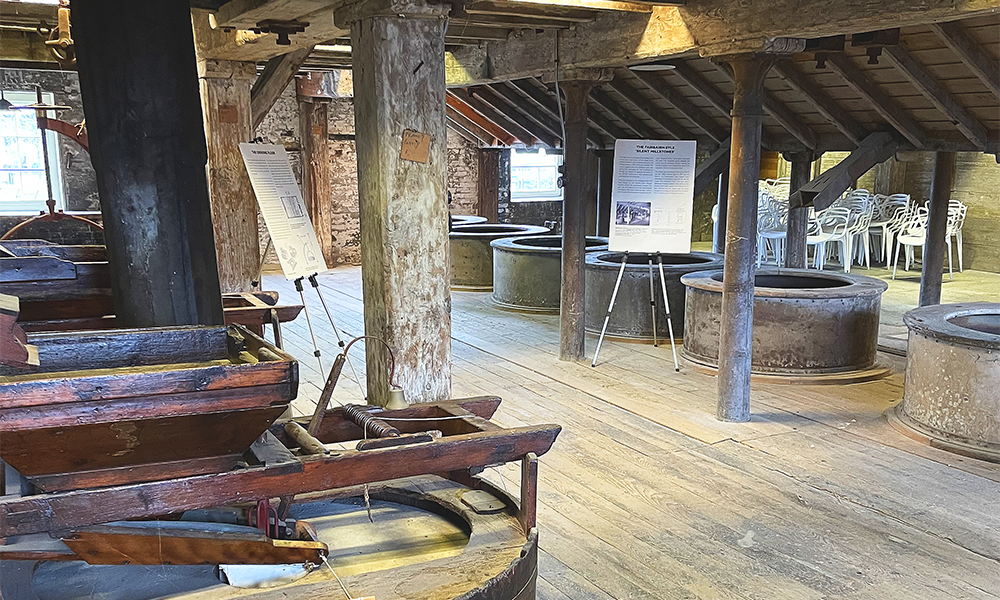
Alongside that link to the history of the area, there’s also a major part that the mill can play in east London’s ongoing story.
“We have been in a period of recovery following the pandemic, but we were busy pre-lockdown with weddings, quiz nights, gin tastings and other events,” said Beverley.
“They might not relate to the history of the mill directly but once people are here we smuggle the heritage in.
“What we’ve found is that once people come through the door and see the size of the machinery they just love it and we have lots of stories we can tell them.”
The House Mill Trust is currently seeking funding and volunteers to continue its work.
The building will be open on Sundays in summer for guided tours costing £10 (including a guide book and a hot drink).
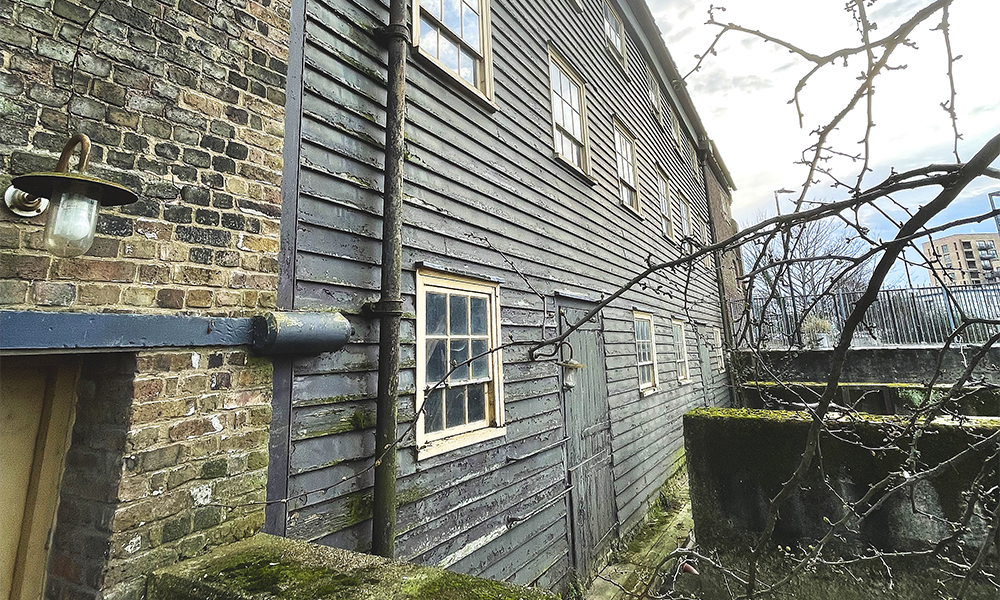
Read more: How The Qube is offering creators studio space in Canary Wharf
Read Wharf Life’s e-edition here
Subscribe to our Wharf Whispers newsletter here
- Jon Massey is co-founder and editorial director of Wharf Life and writes about a wide range of subjects in Canary Wharf, Docklands and east London - contact via jon.massey@wharf-life.com




